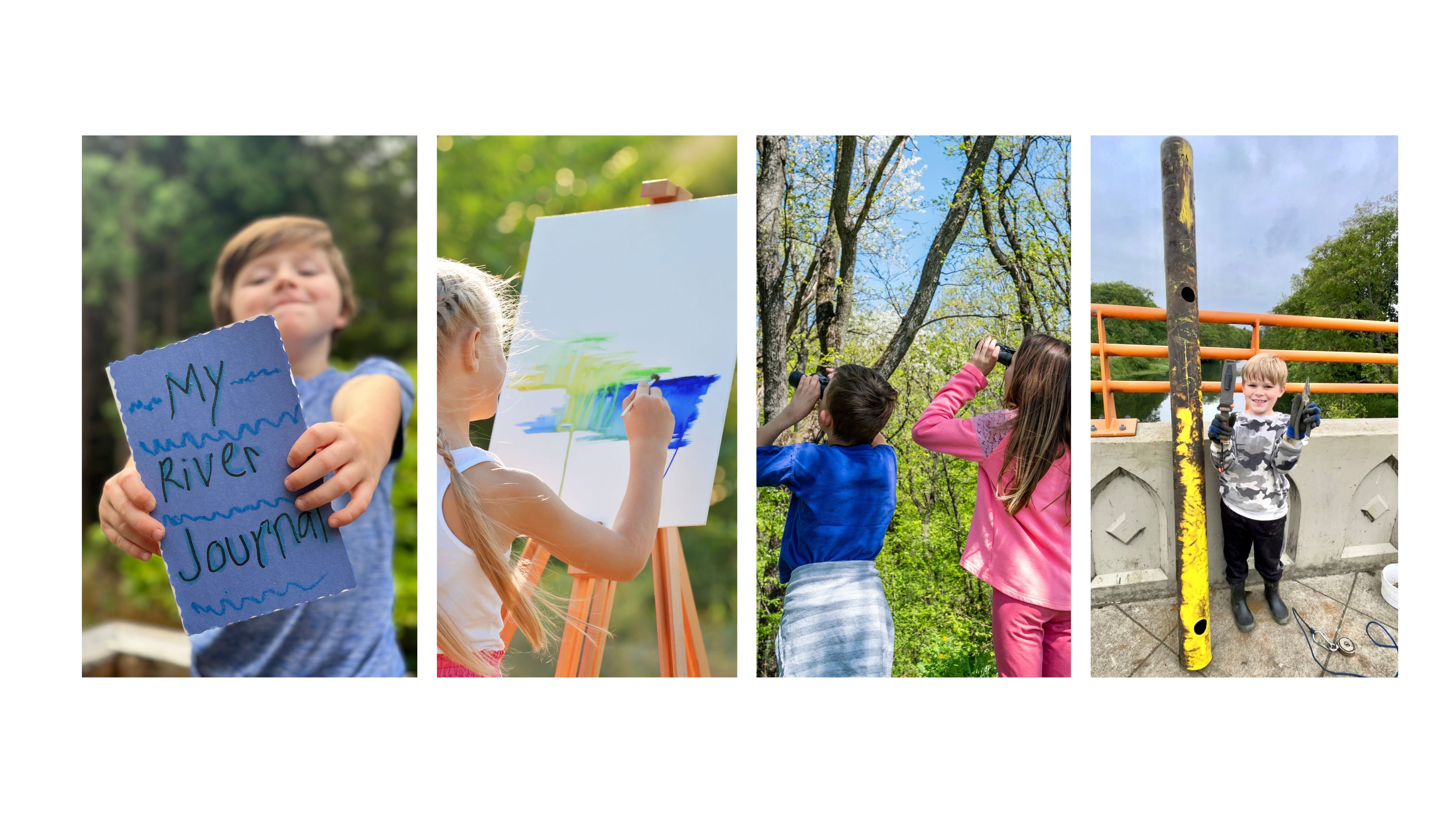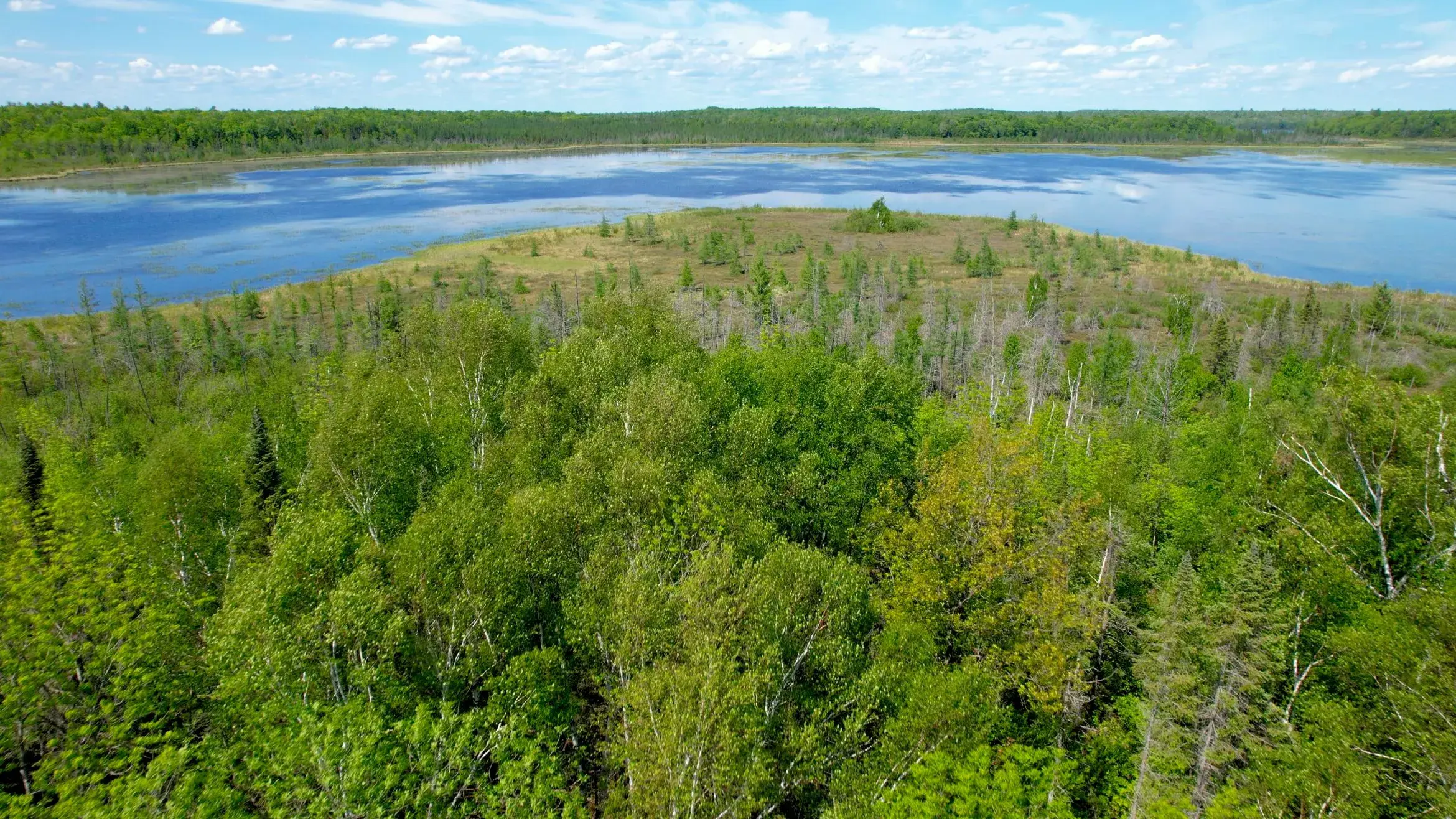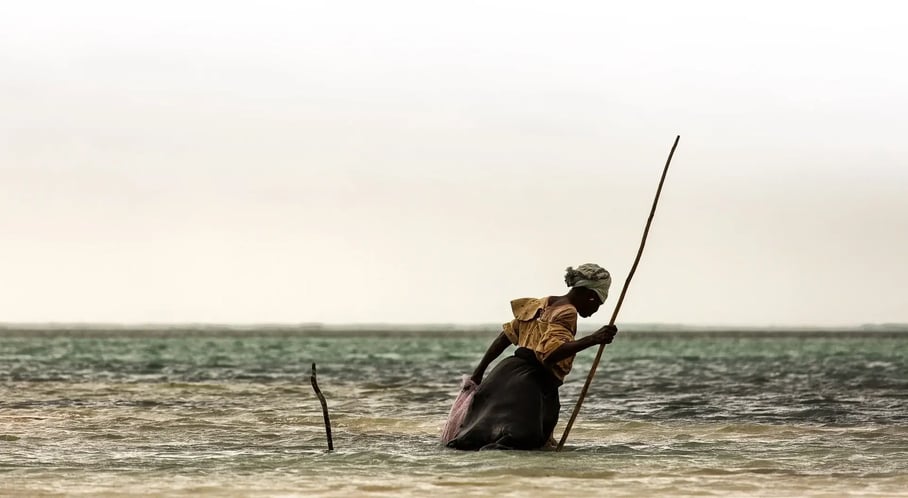RIVERS ARE LIFE
The Amazon – Our Planet’s Greatest Example Of Biodiversity, Under Threat
The Amazon is the most ecologically diverse river in the world. It is home to a vast array of plant and animal species, many of which are found nowhere else on Earth. Yet, the health of this vital resource is under threat from deforestation, pollution, and other human activities. Its future is up to us to decide.
The diversity of the Amazon
The Amazon River is the world’s longest river, stretching over 4,300 miles from its source in the Peruvian Andes to its mouth in Brazil. Along the way, it winds through the river basin, a vast rainforest that covers more than 2.1 million square miles – an area larger than the continental United States. This is Amazonia.
 The red bellied piranha
The red bellied piranha
The river is alive. More than 3,000 species of fish have been identified in the Amazon river basin, among them the red-bellied piranha and the 9-foot-long arapaima. New species are discovered every year.
The rainforest has a heartbeat. Over 1,300 species of birds, 430 mammals, 427 amphibians, 450 reptiles, and 8,000 species of insect. All interconnected. All living together, depending on each other, learning, growing, giving and taking in balance. The richness of life in this part of our world is absolutely unparalleled.
The shades of green that permeate this place come from the plants of the estimated 80,000 species that call the Amazon home. Many plants found here are used for food and medicine by the region’s indigenous people as well as in modern pharmacology. 75% of the plants in the Amazon are found nowhere else on Earth.
 Amazon Rainforest in Anavilhanas National Park, Amazonas – Brazil
Amazon Rainforest in Anavilhanas National Park, Amazonas – Brazil
The Amazon under threat
Despite the beauty and wonder of this place, the Amazon river basin’s future is threatened by deforestation, forest fires, and environmental pollution. Deforestation in the Amazon is on the rise as a result of agricultural clear-cutting, cattle ranching, and other development initiatives.
Deforestation leads to drought
To date, over 17% of the rainforest has been felled. Scientists fear that if as little as 20-25% of the Amazon rainforest is lost, it will cause an irreversible transition of the region into a rain-starved wasteland.
The Amazon rainforest creates its own supply of water through its evapotranspiration process. In fact, each molecule of water cycles through the forest five or more times before finally making its way across the continent. The amount of water produced by the Amazon rainforest is roughly equivalent to the amount of water the Amazon river delivers to the ocean – a staggering 216,000 cubic meters per second, or roughly one fifth of all the freshwater that runs off the Earth’s surface.
 Aerial view of deforestation. Rainforest being removed to make way for palm oil and rubber plantations
Aerial view of deforestation. Rainforest being removed to make way for palm oil and rubber plantations
However, without the trees to provide the key component of the water cycle (the trees produce water vapor as they photosynthesize, which then condenses as clouds and falls as rain), the continent would experience severe droughts and what was once rainforest would become dry savannah. There have been three severe droughts in the last two decades, in 2005, in 2010, and in 2015.
During the drought of 2005, the Manaus region suffered so badly that parts of the Amazon river ran dry, which left local populations without drinking water and millions of dead fish to rot. The parts of the rainforest affected by these droughts have taken between one and three years to recover following each event.
The terrifying possibility of permanent loss of resilience and the shift of rainforest to scrubland is becoming ever more likely. In 2019 alone, over 12 million hectares of trees were lost to deforestation. In 2020, the rate of deforestation increased by 10%, reaching a 12-year high. And in the first 3 months of 2022, Brazil, which hosts 60% of the Amazon’s rainforest, set a record for the greatest increase in deforestation since records began. A tragic 64% jump in deforestation was recorded as compared to the previous year.
The cost of food
Brazil is the world’s largest exporter of beef and soy. Both products require huge amounts of land to produce. The Amazon is now home to over 50 million cattle and they take up 80% of the deforested land. The soy grown on over 8 million hectares (as of 2019) is primarily used in livestock feed all over the world.
The fertilizers and pesticides used in agriculture run off into the river system, damaging the natural balance and poisoning native plants and animals.
This destruction not only impacts vital habitat for plants and animals, but also contributes to climate change by releasing greenhouse gasses into the atmosphere. Deforestation accounts for 10% of all greenhouse gas emissions. Beef accounts for a massive 25% of all food-based greenhouse gasses.
The U.S. and Europe are still major importers of Brazilian beef, especially for fast-food chains. For every ¼ lb hamburger made with rainforest beef, 55 square feet of rainforest was lost. This cycle cannot continue.
From carbon sink to carbon source
Today, the deforestation and annual forest fires taking place in the Amazon have resulted in the release of an amount of carbon dioxide greater than can be recovered. Unbelievably, this once great carbon sink has now become a carbon source.
A carbon sink is a natural or artificial reservoir that accumulates and stores carbon dioxide. The Amazon rainforest was one of the most important carbon sinks on Earth and is still estimated to contain 123 billion tons of carbon above and below ground.
Today, because of human interference, the role of the Amazon as a vital carbon sink is under threat. The eastern and southeastern forest are the most affected, having been stripped bare, and not enough healthy forest remains to maintain balance.
Sadly, although the central and western forests fare better, they still suffer such abuse that they no longer absorb more carbon dioxide from the environment than they emit. These forests merely have net zero emissions. For now.
Illegal gold
Another source of deforestation and a huge source of pollution in the Amazon is illegal gold mining.
 Aerial view of deforested area of the Amazon rainforest caused by illegal mining activities in Brazil. Deforestation and illegal gold mining destroy the forest and contaminate the rivers with mercury.
Aerial view of deforested area of the Amazon rainforest caused by illegal mining activities in Brazil. Deforestation and illegal gold mining destroy the forest and contaminate the rivers with mercury.
Miners use elemental mercury to extract gold from ore. The mercury combines with tiny pieces of gold in the ore or soil, draws it out, and then, by vaporizing the mercury, the gold can be extracted. Through this dangerous process, the toxic vaporized mercury poisons miners who can suffer brain damage and other serious side effects.
The mercury affects and damages more than just the miners who are poisoned by it. The pollution travels through the environment, affecting local populations in many ways. It contaminates the soil and water, and ends up in the food of indigenous people, often in the fish they eat. Mercury poisoning can cause birth defects, neurological problems, and other complications.
The poison also poses a tremendous risk to the animals that live in the Amazon. Animals eating the fish tainted by the mercury will suffer heavy metal poisoning too. This insidious toxin wreaks havoc as it travels throughout the environment.
The future of the Amazon
Deforestation, pollution, and other human activities are clearly putting the Amazon River and its ecosystem in grave danger. Fortunately, there are steps that can be taken to protect this vital resource and the people and animals living there.
Reducing deforestation is the critical first step to saving the Amazon river basin. Some ways we can improve the Amazon’s chances of recovery are by increasing the amount of land under conservation protection, encouraging sustainable land-use practices, and cracking down on illegal logging, mining, and other forms of forest destruction.
In order to play a part in saving the Amazon river basin and rainforest, we as consumers must take deliberate steps in our everyday lives. From the types of furniture we buy, to the foods we eat, to the companies we purchase from. Each of these choices has an impact on the ecological drama playing out right now in the Amazon. Fortunately, there are organizations that are working diligently to help us make better choices.
Being better consumers
Over 25 years ago, the World Wildlife Fund co-founded the Forest Stewardship Council (FSC). It’s a certification system which helps consumers identify products that came from a forest that was responsibly managed instead of part of the deforestation of the Amazon. So, when you’re looking for furniture and other products made from lumber, look for the FSC logo. Products labeled with this logo are made with sustainably grown and harvested lumber, which benefits both the economy and the environment.
Organizations like Amazon Conservation work with local populations on projects ranging from sustainable water management, to helping to protect the world’s largest tropical glacier, which feeds many Amazonian rivers from the Peruvian Andes, to educating the public about the Amazon river, rainforest and the need for its conservation. Founded in 1999, Amazon Conservation has spent over 20 years pioneering conservation efforts in Peru and Bolivia.
Amazon Aid Foundation is spearheading the mission to rid the Amazon of the illegal gold mining trade. “Through art, science, multimedia, and film” they strive to educate and encourage citizens around the world to protect and preserve the Amazon. They offer many ways to get involved with their organization, from donating to using their educational materials, as well as offering a wealth of resources on how to be an educated consumer.
By understanding more about how certain products make it to store shelves, we can make more informed decisions about what we buy and where we buy from. This is how we, as consumers, can make a big impact on protecting the Amazon and the world.
These are just a few of the steps we can take to be more informed, to make better choices. Organizations like these exist all over the world and they’re all fighting for the same thing – to preserve the greatest center of biodiversity on our planet. The Amazon river and rainforest. By taking these steps ourselves, we too can help protect Amazonia and the wealth of life that dwells there.
Share this
You May Also Like
These Related Stories

Riverside Connections: Family Adventures Await

Rivers are Life Offsets 2023 Travel Emissions by Supporting Tribal Forestry Project in Minnesota



